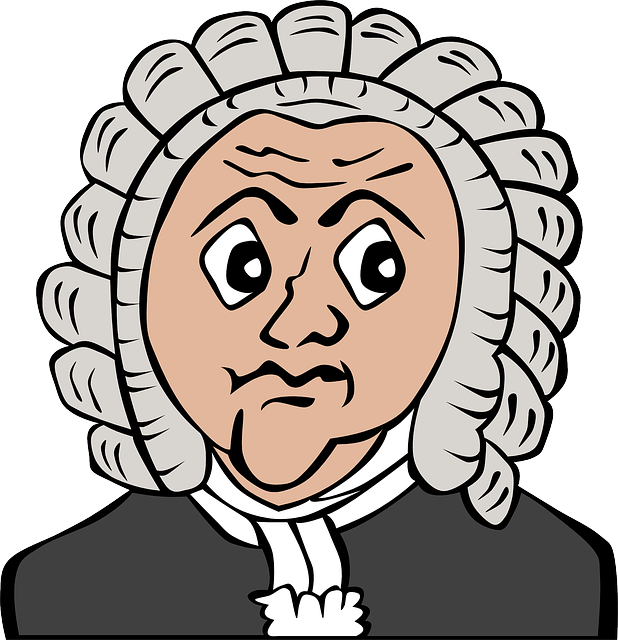Joint stiffness after car accidents is treated effectively with range of motion (ROM) therapy and chiropractic care. Chiropractors manipulate the spine to alleviate pain, improve nerve function, and restore mobility in areas like neck, back, shoulders, and hips. ROM exercises, often supervised by physiotherapists, gradually recover joint movement for improved post-injury functionality.
Joint stiffness after a car accident can significantly impact mobility and quality of life. This article explores effective rehab strategies, focusing on chiropractic care and range of motion (ROM) therapy, to alleviate post-crash joint stiffness. Understanding the mechanisms behind these injuries is key, as is tailoring rehabilitation to individual needs. We delve into proven techniques that combine chiropractic adjustments with targeted exercises, promoting healing and improved mobility for a smoother recovery.
- Understanding Joint Stiffness After Car Crashes
- Chiropractic Care and Range of Motion Therapy
- Effective Rehabilitation Strategies for Improved Mobility
Understanding Joint Stiffness After Car Crashes

Joint stiffness post-accident is a common issue, often resulting from soft tissue damage, muscle spasm, or joint compression during the impact. Car crashes can cause complex injuries that affect mobility and range of motion. The immediate aftermath of such accidents may present itself as stiff, achy, or painful joints, particularly in the neck, back, shoulders, and hips.
Range of motion therapy is a key component in rehabilitating these post-crash joint stiffness issues. This includes gentle chiropractic adjustments, along with exercises designed to restore flexibility and strengthen supporting muscles. Chiropractors often work closely with patients to assess and address specific injuries, focusing on improving the range of motion and reducing pain to facilitate a full recovery.
Chiropractic Care and Range of Motion Therapy

Chiropractic care is a popular and effective treatment option for individuals suffering from joint stiffness post-accident, especially after a car crash. Chiropractors focus on the manipulation and adjustment of the spine to reduce pain and improve mobility. This hands-on approach can be highly beneficial in increasing the range of motion (ROM) in affected joints. Range of motion therapy is specifically designed to enhance flexibility and movement, which are often limited following an accident. Through gentle adjustments, chiropractors help alleviate joint stiffness, allowing patients to regain a wider ROM.
This type of treatment is particularly useful for car crash injuries, as it addresses the common issues of neck and back stiffness, as well as restrictions in shoulder, hip, and other joint ranges. Chiropractic care provides a non-invasive way to manage pain and restore function, often complementing other rehabilitation exercises focused on improving ROM after an accident.
Effective Rehabilitation Strategies for Improved Mobility

Effective rehabilitation strategies are pivotal in regaining mobility after a post-accident joint stiffness, especially focusing on range of motion therapy for car crash injuries. Chiropractic care plays a crucial role here, using gentle adjustments to correct spinal misalignments caused by the accident. This can help reduce pain and improve nerve function, setting the stage for enhanced mobility.
Range of motion exercises tailored to the affected joints are another game-changer. These exercises, often supervised by physiotherapists, gradually encourage movement through a full spectrum of motions. By combining these with chiropractic care, individuals can experience significant improvements in their joint stiffness, ultimately leading to better functionality and quality of life post-injury.
Joint stiffness post-accident can significantly impact mobility and quality of life. By understanding the root causes, such as muscle spasm and joint inflammation, individuals can effectively navigate their rehabilitation journey. Chiropractic care and range of motion therapy prove to be powerful tools in alleviating symptoms and enhancing flexibility. Incorporating these strategies into a comprehensive rehabilitation plan can lead to improved mobility and a faster recovery after car crash injuries.














